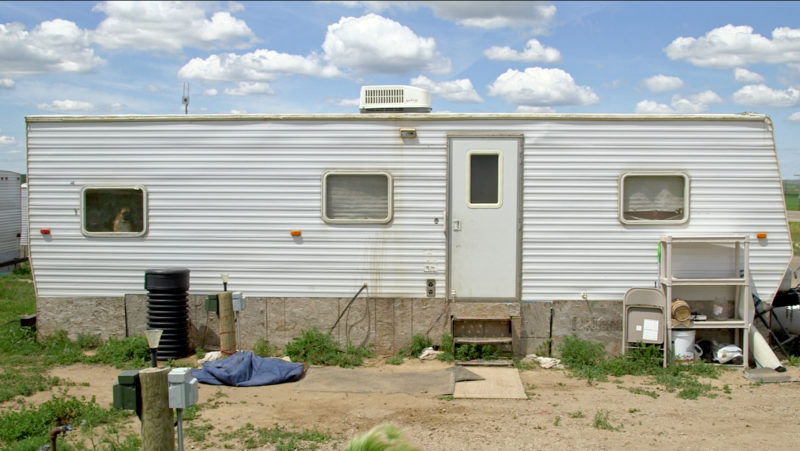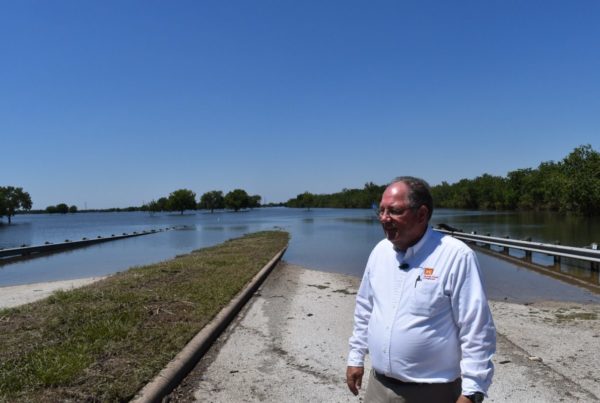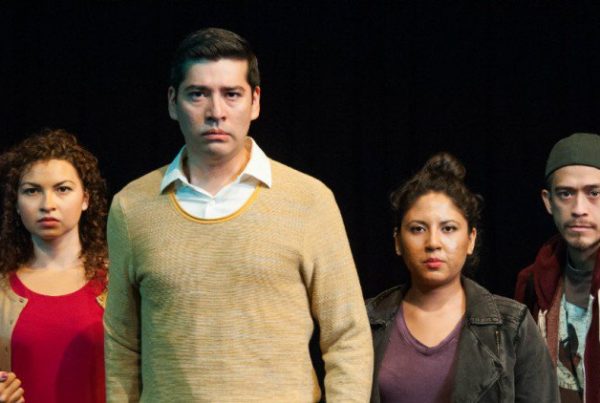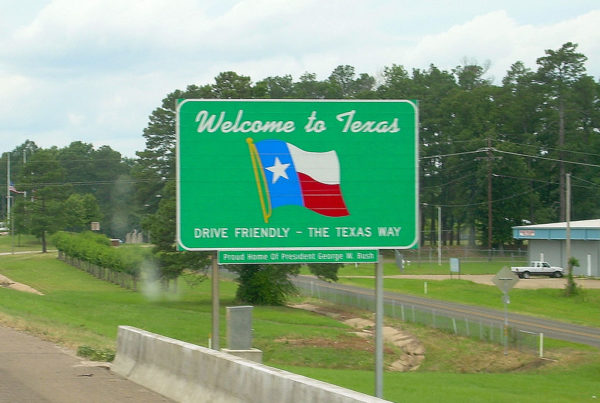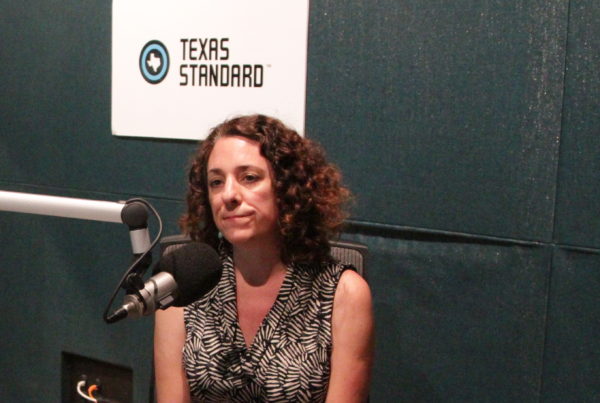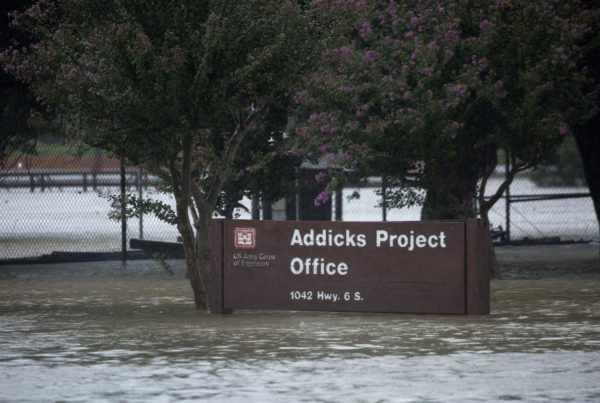After hurricanes Katrina and Rita in 2005, the Federal Emergency Management Agency, or FEMA, housed thousands of storm victims in trailers. The small, white trailers were controversial because some storm survivors lived in them for years, and due to lawsuits alleging that many of the trailers were constructed with toxic materials.
Emily Schmall, who has been writing about FEMA’s post-Harvey housing strategy for the Associated Press, says FEMA won’t be using Katrina-era trailers to house Harvey victims, but that the agency currently doesn’t have enough newer housing units to meet the need. FEMA has also moved away from trailers as the primary style of disaster housing, she says.
“What FEMA officials have told me,” Schmall says “is that in the wake of Hurricane Sandy in 2012, they decided it would be more cost-efficient to try to keep as many people in their homes as possible.”
Instead of a trailer, FEMA gave many Sandy victims enough money to clean up, and make basic repairs to their homes.
“FEMA has been very clear about this,” Schmall says “that they’re not there to ‘make people whole.’ They’re there to make houses habitable…and what they describe as safe and functional.”
It’s the job of the federal Small Business Administration, Schmall says, to make low-interest loans and provide other funding to allow victims to restore their homes to pre-storm conditions.
Storm victims whose homes were completely destroyed may still spend time in a FEMA trailer, Schmall says.
Written by Shelly Brisbin.


